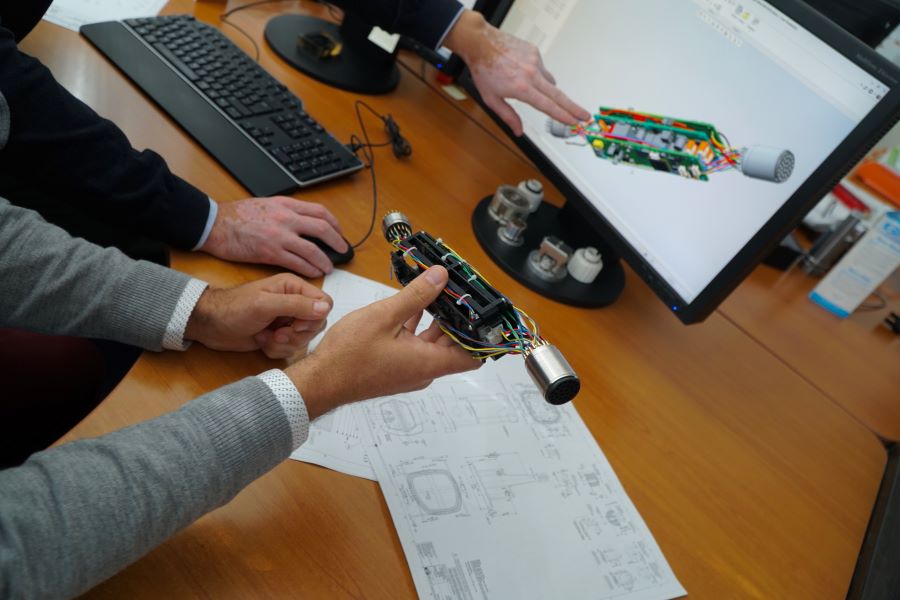Often forgotten or leftout, product qualification is essential to the success of a product. Waterproofing, drops, extreme temperatures… These are constraints that your product will have to face. So go through the qualification process to ensure reliability and limit your costs!
Product qualification is a catch-all term sometimes difficult to understand. In a nutshell, this step determines the level of reliability of the product. A product is considered reliable when it meets expectations depending on its conditions of use.
Minimise the risks
It is often said that entrepreneurship means taking risks. But it is possible to limit and control them. The aim is to market a reliable product in order to avoid a bad user experience.
Everyone has had a bad experience with a poorly reliable product. Have you ever bought a product that promised to be waterproof and drop-proof, but didn’t deliver? A bit disappointing, isn’t it? Then remember that your customers are likely to feel the same frustration. If your product promises to be waterproof, make sure it is. It is essential that you get your product qualified before its market release. This will avoid additional maintenance costs (after-sales service) or even undermine your image.
Product Qualification: prerequisites and key steps
The first piece of advice from any manufacturer: consider product qualification as soon as possible. If the product reliability knowledge is one of the last steps on paper, in reality it is a bit more complex.
Indeed, you will perform your product qualification once you have your product in hand. But if it is essential to think about reliability as soon as you draft specifications, it is because the latter must specify the constraints that your product will encounter. Will it be exposed to the sun for hours on end? Immersed in water? Underground? …? Think about duration of use, shock resistance, temperature, waterproofing, standards, etc. Clearly define your needs and product constraints in your specifications. This way, you will reduce your risks of redesigning, exceeding deadlines, etc.

And now? Qualify!
You have defined your needs at the specification stage, and you are at the prototype, pre-production or production stage. You now need to test and validate your choices according to the use and environment of your product. For this, several tests exist:
- Climatic chamber: your product is used in a severe environment (desert, extreme cold zone, etc.)? Then make sure that it can withstand the various temperature variations.
- Thermal enclosure: if you want to estimate the life of your product, thermal enclosures allow you to simulate its ageing.
- Humid heat chamber: if your product is used in a humid area (condensation, etc.), test it and ensure its integrity.
- Water pressure chamber: if your product is to be immersed in water, perform a test to determine its level of waterproofing.
- UV test enclosure: your product is exposed to direct sunlight? Make sure it is UV resistant (discolouration of the plastic, etc.).
- Vibrating pot: will your product be subjected to vibrations? We offer tests to ensure that your product does not break, or become disrupted, at the first mechanical exposure. This allows us to validate the materials used.
Once the tests have been carried out, there is still a lot to do: the results must then be analysed. Think product qualificationright from the design stage! The experience of the Axandus staff will save you valuable time in this phase. They are able to assist you in solving any problems you may encounter.



